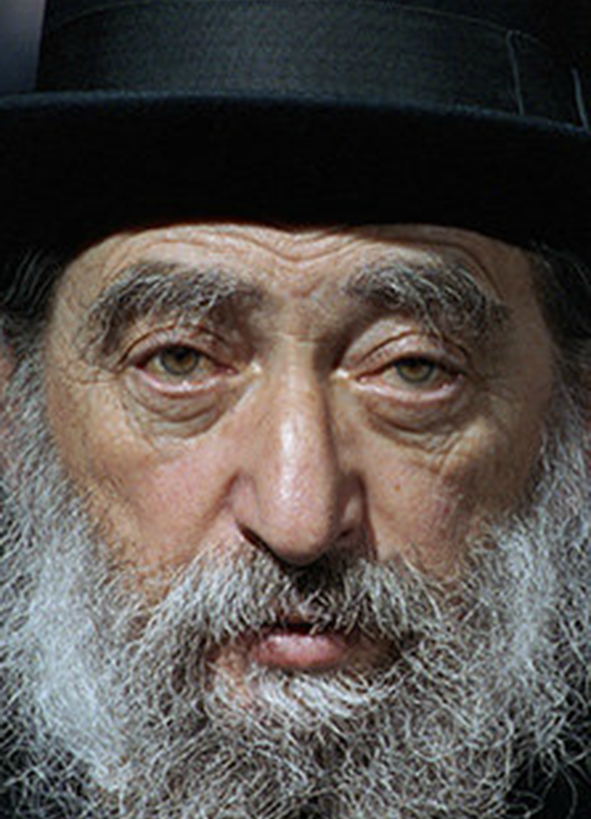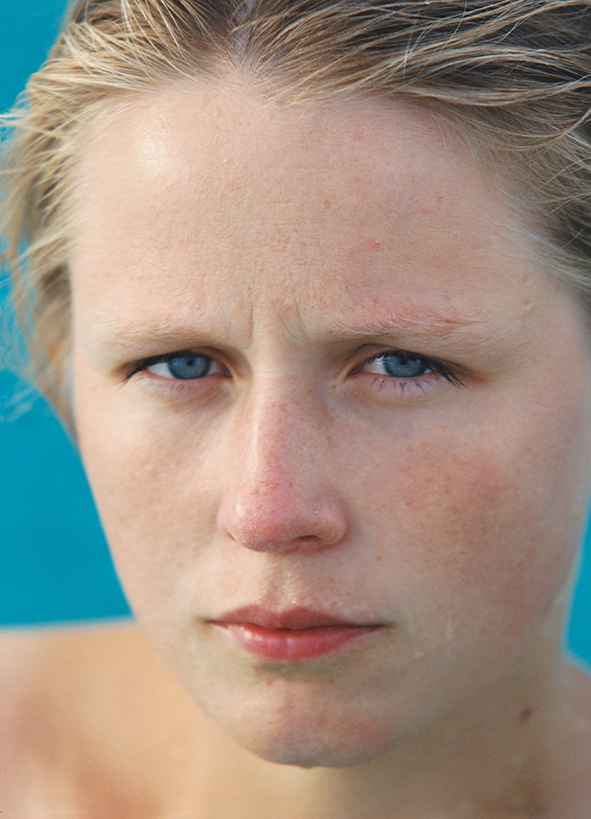What Does a Neutral Face Mean?
In his Portraits series, Thomas Ruff made a strong argument that we can’t see beyond the surface of a face. Indeed, the faces seem inscrutable. Portraits is often cited as an example of neutrality; Ruff himself uses the word “neutral” to describe them, and he has stated that he wanted no emotion to show. His instructions to his sitters included a request to be “confident”, and he made adjustments to his sitters’ posture before taking the photos, so the photographs show a kind of performed neutrality. The intention of the style was to be unreadable by an observer. Though this series is often read as a way of showing how the inner thoughts or the nature of a person are unreadable, it began life as a highly political project, a commentary on the return of surveillance to a country that had worked hard to leave it behind. Ruff shows that still portraits can be inscrutable, and he hints that, as they are inscrutable despite their large display size, perhaps all photographs are inscrutable. All of these sitters seem very hard to read. Why? We’re missing context. We’d have a better sense of what kind of people they are if we met them face-to-face and had a conversation.
In contrast to Ruff’s portraits, Philip-Lorca diCorcia’s Heads series features candid images of people unaware of being photographed, lit with an artificial, almost studio-like style. diCorcia’s subjects are not coached, they are not aware that they are being photographed, and there is no intentional eye contact. They look different from Ruff’s portraits—see the eyes in Heads #13. Even in this image, his most similar work to Ruff’s, Erno Nussenzweig’s eyes gaze in the camera’s direction, but his eyes are not focused on the camera. Many of the expressions in diCorcia’s photographs are unguarded. Can we read anything different into these faces? We couldn’t know what most of these people are thinking, but unlike Ruff’s, we might at least say that they are “lost in thought”.
Roni Horn’s series You Are the Weather features many similar images of her friend Margrét, always wearing an ambiguous expression. Eye contact is deliberate and intense, the more so because of the sheer numbers of these images shown together when exhibited. Here, neutrality was constructed through selection: Horn used only images that featured what she called an “essential ambiguity”. There is one component that doesn’t quite seem neutral: Margrét’s slightly-furrowed brow. But we don’t know if that’s in response to the light, or if it’s part of her interaction with Horn. Either way, even this contributes to the ambiguity and difficulty of reading her face.
The many meanings of the neutral face
Ruff, diCorcia, and Horn show that a face, especially a neutral face, is hard to read. Yet various thinkers have told us what neutral faces mean for centuries. They propose interpretations such as lethargy, unrequited love, response to scrutiny, ambiguity, suffering, or lack of emotion. In particular, physiognomy attributed various good and bad character traits to resting faces. For example, faces that resembled animals were credited with (or condemned by) the qualities of the animals they resembled. This made a double-stereotype: not only was the person stereotyped, but so was the animal. When evaluating these ideas, proceed with caution: if there are so many definitions of the face, and if they vary so much, then most must be wrong.
Constructing the neutral face
While photographing dancers in Autumn 2015, I had them stop and sit for a series of head-and-shoulders portraits. I asked them to present a neutral expression, without defining what a neutral expression was. The first thing they did was revise their posture. Then various changes showed on their faces. After, I asked them what they had been thinking about while the photos were taken. They described trying to relax facial muscles, opening the eyes wider in order to “stare” a little; in one case the sitter suppressed her naturally happy state. In all cases, they constructed the neutral face, and they had a clear idea of how that face should look.
When a person is asked to relax, they have to settle on something. For example, few people, when invited to relax in a chair, let their heads drop back. They might insist that they are relaxed, they may be perceived as relaxed, but various muscles are still in use. So with the neutral face. It seems that a relaxed face takes some effort. People think that a neutral face has a certain look, and in trying to achieve that, they make a mental and physical effort.
Neutrality is a performance
The word “person” began life as the Latin persōna, denoting a mask, and the modern OED definition still includes the idea of a role being played, i.e. a performance.
Erving Goffman said that people, when in the company of others, are always performing. When a person wants something (a reward, to avoid punishment, etc.) from one or more other persons, that person assumes a role; they put on a performance. Performance seems to be part of the nature of human beings. If we are performing all of the time that we’re with others, then the neutral face is a performance as well.


